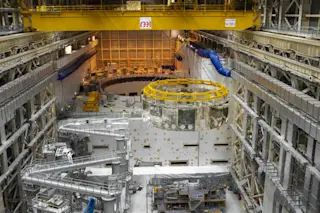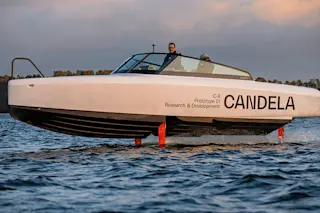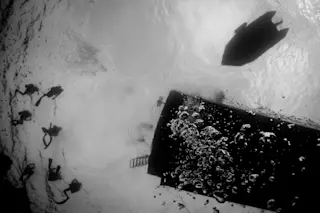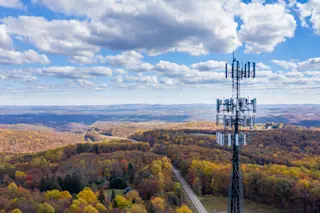6 Blue-Sky Ideas for Revolutionizing the Automobile
Eclectic visionaries imagine an alternate reality where cars walk, fly, and drive themselves.
More on Discover
Stay Curious
SubscribeTo The Magazine
Save up to 40% off the cover price when you subscribe to Discover magazine.
Subscribe












